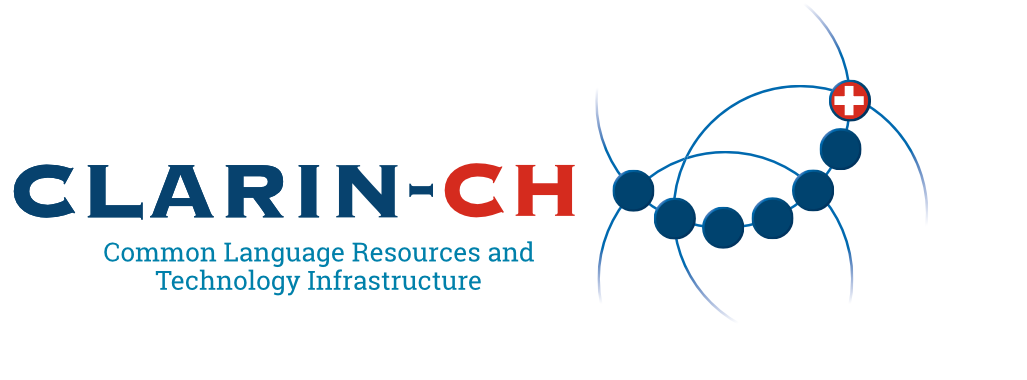Five years ago, the CLARIN-CH consortium was created in order for Switzerland to be able to participate in the pan-European CLARIN framework – a digital infrastructure offering data, tools and services to support research based on language resources. The ultimate aim of CLARIN-CH was to join the many other national consortia across Europe and become part of the CLARIN European Research Infrastructure Consortium (CLARIN ERIC) – it was the last milestone to be reached on the CLARIN-CH roadmap 2020-2025.

After the Swiss Federal Council approved Switzerland joining CLARIN ERIC on 9 April 2025, the State Secretariat for Education, Research and Innovation (SERI) was able to file an official application for full membership, which has now been accepted by the CLARIN General Assembly. We are very happy about this outcome and proud of this significant achievement in advancing Swiss participation in European language research infrastructure.
Membership in CLARIN ERIC presents several benefits for Switzerland as a country and for the CLARIN-CH scientific community, such as:
- Unprecedented access for Swiss researchers to digital language resources covering a wide range of European languages and language families
- Increased institutionalised international visibility for Swiss language resources and opportunities for Swiss scholars to get involved in collaborative projects with other CLARIN countries
- A maximization of the profitability of existing investments for national research infrastructures, CLARIN-CH providing a national framework that unifies these activities, enhancing their efficiency, effectiveness, impact, and outreach
- The opportunity for members of CLARIN-CH to take leading roles in the different CLARIN governing bodies, including voting rights.
We would like to warmly thank the other national consortia for welcoming us to the CLARIN family – we are looking forward to working together and contributing to the improvement and faciliation of research infrastructures for language data in Europe, as well as to the full uptake of the European Open Science Cloud EOSC.


